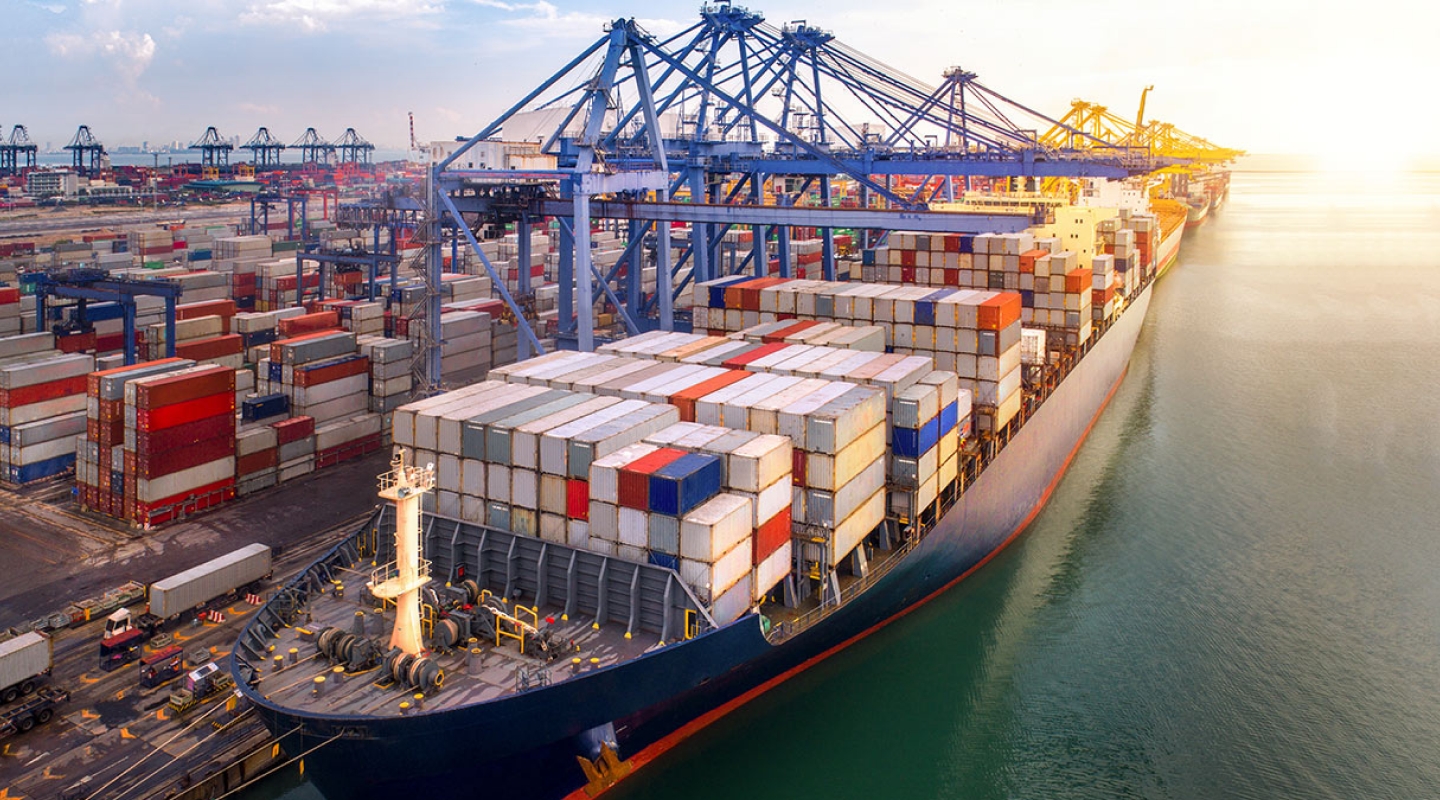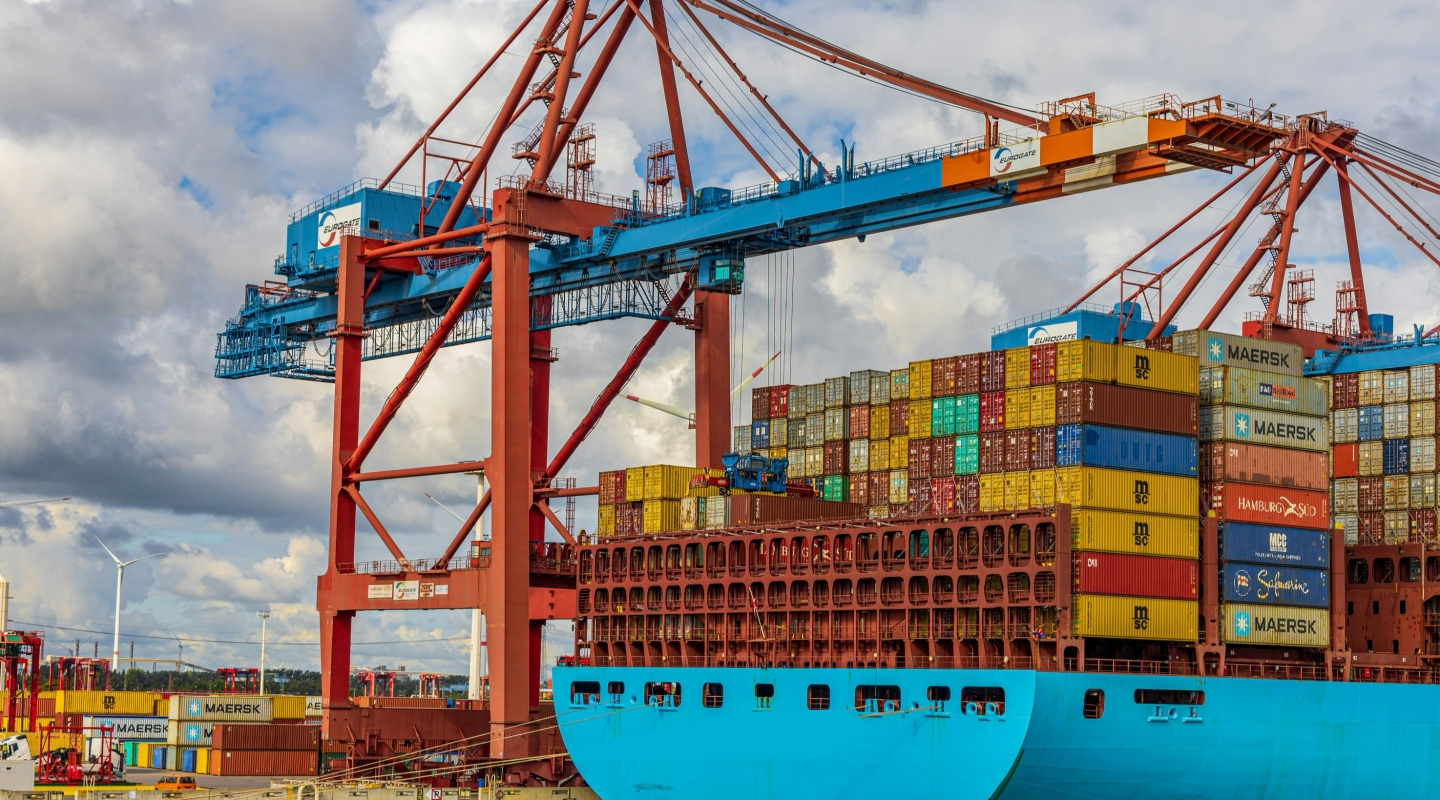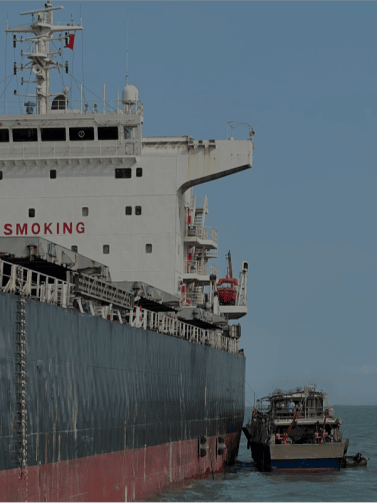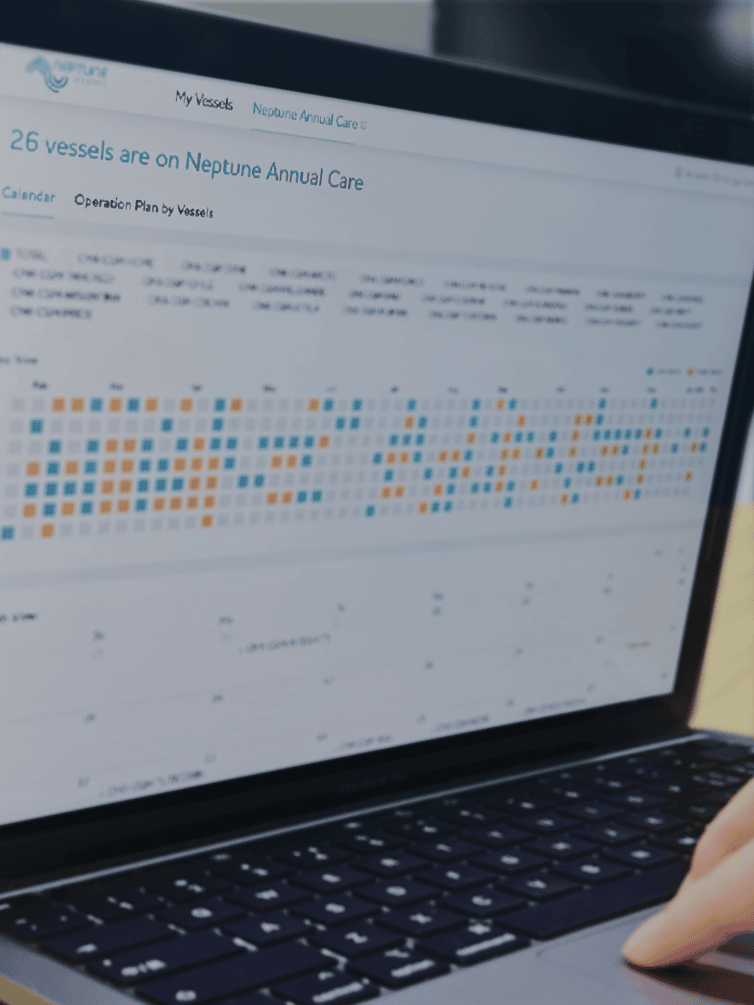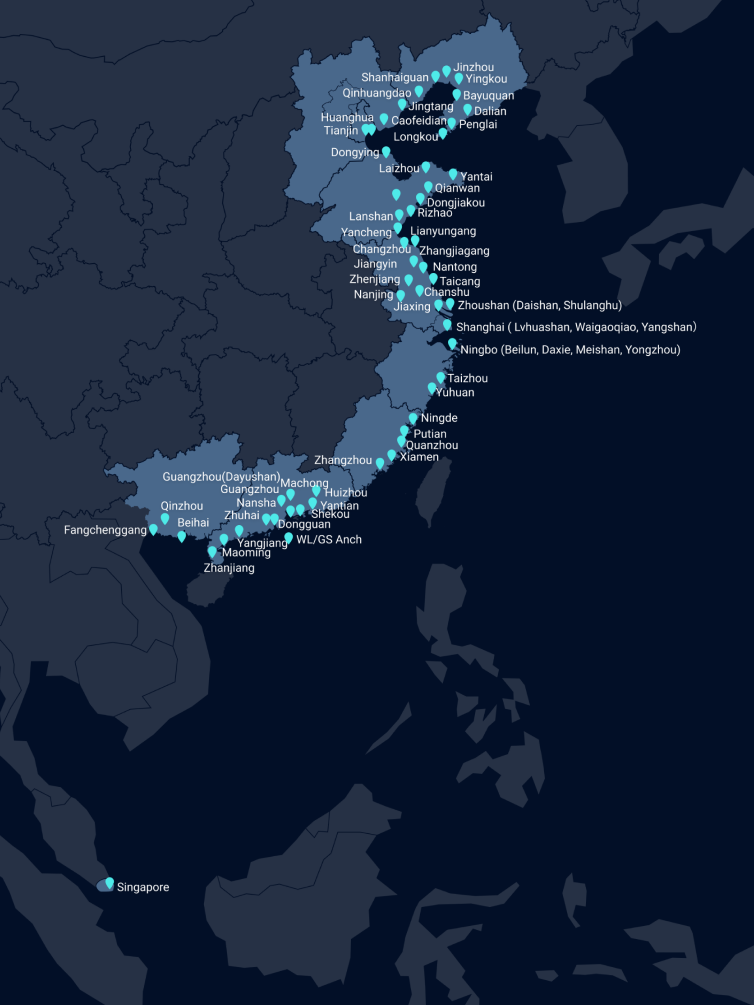In 2023, amid disruptions caused by a US economic recession, geopolitical tensions, and rising operational costs, global shipping freight rates have plummeted in the three years following the pandemic and have yet to hit rock bottom.
Due to increased capacity supply and high US commodity inventories, container spot freight rates are under continuous pressure and are expected to remain low for an extended period.
Apart from weak demand and supply imbalances, the shipping industry is grappling with environmental regulations, such as decarbonization, like a series of falling dominoes, adding to the industry’s woes during this downturn.
01-Contract Rates Slashed, Financial Pain Deepens for Some Companies
At present, shipping rates on critical global trade routes have fallen by as much as 85% compared to peak levels, with some routes experiencing rates below shipping companies’ costs.
As negotiations between US shippers and container shipping companies on contract rates come to an end, the Xeneta freight rate index, after nine consecutive months of decline, has finally collapsed, recording the largest drop in history at 27.5%.
Xeneta states that in a market marked by weakness, geopolitical uncertainty, and economic instability, rates are not expected to improve in the short term. “This is deeply concerning for shipping companies that are working tirelessly to manage their capacity through adjustments in sailing speeds, service restructurings, and canceled voyages, but these efforts are proving futile. Companies with the largest exposure in long-term contracts will experience increasing financial pain.”
02-Inflation and Decarbonization Drive Up Costs – Up by 340%
In the short term, container freight rates are unlikely to rebound, and persistent high inflation implies that the rise in shipping costs will not be a temporary phenomenon. Factors such as oil prices and wages will continue to drive up operational expenses.
Furthermore, carbon taxes and higher-cost alternative fuels are directly pressuring shipping costs. The shipping industry consultancy Drewry predicts that, by 2026, the carbon tax-related costs of transporting a 40-foot container from Asia to Europe will increase by 35% if more environmentally friendly fuels are not used. If green methanol is adopted, costs are expected to increase by around 340%.
The consolidation market is currently very unstable, and we are facing high demurrage and detention fees, operating costs, and other expenses related to container storage and transshipment.
—Aaron Callahan, Owner of a U.S. container trading
03-Fierce Market Share Competition – It’s About Who Can Hold Out the Longest
Since container freight rates reached their peak and started declining, the market has simultaneously reduced shipping routes and increased shipbuilding efforts. Behind this lies the intense competition among shipping companies to secure market share – it’s all about which company can sustain itself longer. Besides relying on their financial strength, it’s equally important for businesses to actively control costs and efficiently decarbonize.
As a result, many shipowners and carriers are seeking short-term measures to save fuel and optimize operational efficiency. Among these measures, hull cleaning has received support from the International Maritime Organization (IMO) and industry-wide recognition.
The IMO emphasizes in a video release that keeping a ship’s hull free from biofouling attachment is crucial for improving fuel efficiency and reducing carbon emissions. In other words, vessels that regularly remove biofouling attachment from their hulls have a significant advantage in reducing carbon taxes and fuel costs.
Neptune Robotics offers ship inspection and cleaning services, breaking through limitations posed by water conditions, weather, and time, and operates in ports/anchorages around the clock. It thoroughly removes hull fouling without damaging the ship’s paint. Neptune’s services cover regions in North China, East China, and South China, and it has already served hundreds of large vessels.
In a high-inflation, low-consumption, and destocking environment, the window of opportunity in the container shipping industry has narrowed, and the challenges facing the shipping industry have become increasingly severe. Shipping companies must actively reduce costs and decarbonize to steadily move forward and ensure sustainable growth in this long industry winter.

